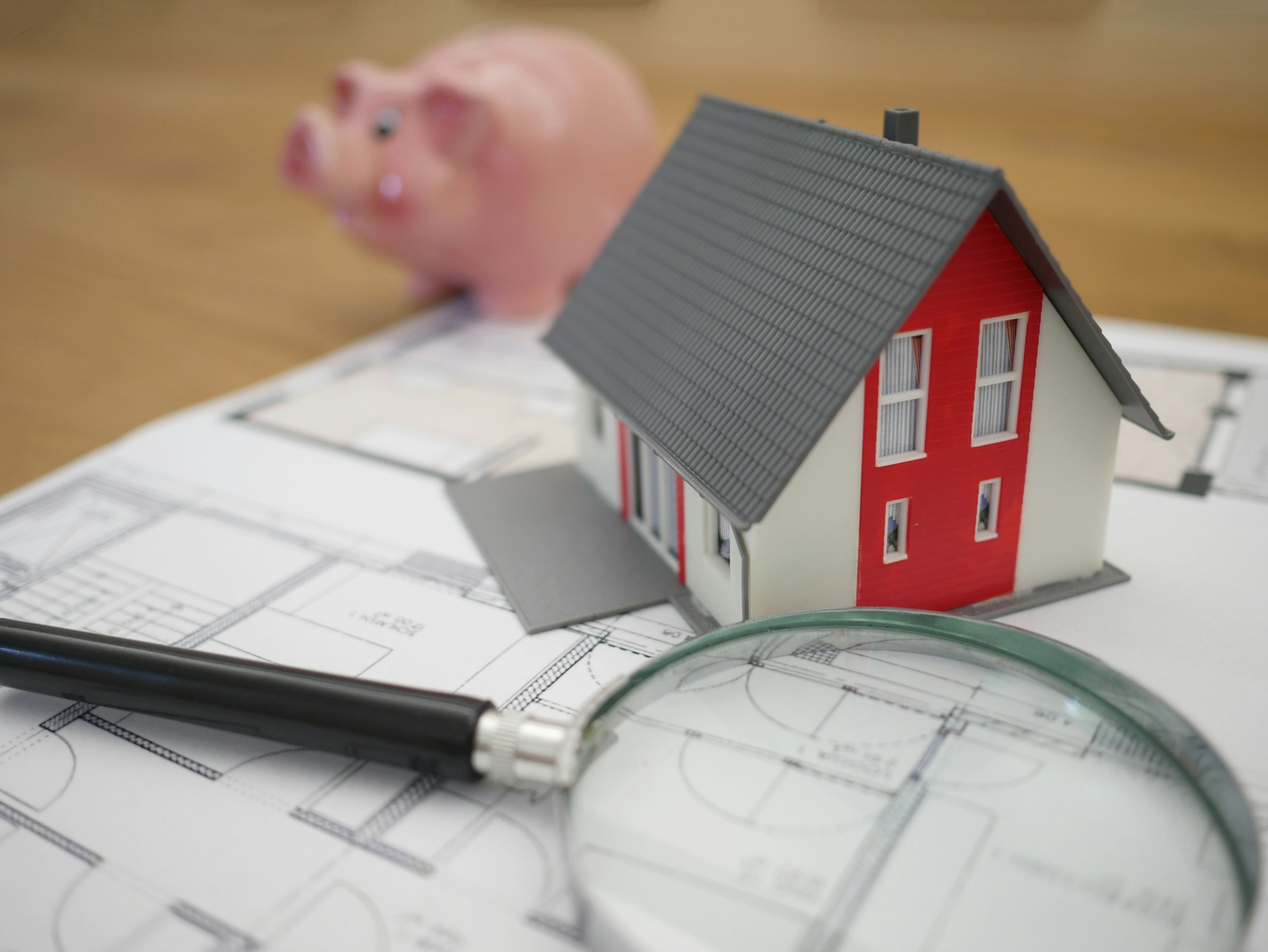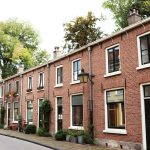As urban areas evolve, transforming UK office spaces into residential properties has emerged as a viable solution to housing shortages. This shift addresses burgeoning demands while revitalising underutilised structures. Assessing the long-term benefits reveals potential improvements in community vibrancy, economic stability, and sustainable living environments. Understanding these advantages can reshape urban landscapes, ultimately fostering better living conditions for all. Embracing this transformation holds the promise of a more adaptable and livable future for UK cities.
Economic Benefits of Conversion
Converting existing structures into housing units can significantly influence the economic impact on local communities. One of the primary benefits is the increase in housing supply, which can help balance the dynamics of supply and demand. As more housing units become available, it can alleviate pressure on the housing market, potentially stabilising or even reducing rental prices. This is particularly beneficial in urban areas where housing shortages are prevalent.
A découvrir également : Assessing the Potential of Converting Properties into Holiday Rentals in the UK: Your Ultimate Guide
Moreover, the conversion of buildings often leads to an increase in property values in the surrounding area. When older or underutilised structures are revitalised into modern housing, it can enhance the attractiveness of the neighbourhood. This, in turn, can lead to a rise in property values, benefiting existing homeowners and attracting new residents.
Additionally, these conversion projects can spur job creation in construction and related sectors. The demand for skilled labour increases as buildings are renovated and transformed, providing employment opportunities for local workers. Beyond construction, there are also potential jobs in planning, design, and maintenance, contributing further to the local economy.
Sujet a lire : Evaluating the Risks and Rewards: Should You Invest in Coastal Properties in the UK Amidst Environmental Challenges?
Overall, the conversion of structures into housing not only addresses housing shortages but also bolsters economic growth through increased housing supply, enhanced property values, and job creation.
Social Implications of Office to Residential Conversion
Converting office spaces into residential units can significantly impact community development and foster social cohesion. As more people move into these newly transformed spaces, there is an opportunity for enhanced community engagement. Residents often find themselves participating in local activities, events, and initiatives, which strengthens social networks and bonds within the neighbourhood.
Moreover, this conversion addresses housing shortages in urban areas, providing much-needed living spaces. By transforming unused offices into homes, cities can accommodate growing populations without the need for expansive new developments. This not only makes urban living more accessible but also helps maintain the character and infrastructure of existing communities.
Furthermore, the influx of new residents often leads to the improvement of local amenities and services. As demand increases, businesses such as cafes, shops, and recreational facilities are likely to thrive, enhancing the quality of life for all residents. Public services, including transport and healthcare, may also see improvements due to increased usage and funding.
In essence, converting office spaces to residential units not only alleviates housing pressures but also contributes to vibrant, cohesive communities with improved amenities and a strong sense of belonging.
Environmental Impact of Transforming Office Spaces
Transforming office spaces into residential units has a profound effect on sustainability and the urban environment. By repurposing existing structures, cities can significantly reduce their carbon footprint. This approach eliminates the need for demolishing old buildings and constructing new ones, which are energy-intensive processes. Instead, the energy and materials embedded in the original structure are preserved, leading to substantial environmental savings.
Moreover, these projects present opportunities to implement green building practices. Renovations can incorporate energy-efficient systems, renewable energy sources, and sustainable materials, enhancing the building's overall environmental performance. These practices not only reduce operational costs but also contribute to healthier living spaces for residents.
The transformation of office spaces also holds the potential for revitalizing underused urban areas. Many cities have older office buildings that are no longer in demand. By converting these into residential units, these areas can experience a resurgence of activity and vibrancy. This revitalization can lead to improved urban environments, making them more attractive and sustainable for current and future generations.
In summary, the conversion of office spaces into residential units promotes sustainability, encourages green building practices, and revitalizes urban areas, contributing positively to the environment and community well-being.
Case Studies of Successful Conversions
Exploring success stories of office-to-residential conversions can provide valuable insights into best practices in urban development. In the UK, several projects have exemplified effective urban renewal through innovative conversion strategies.
One notable example is the transformation of the Battersea Power Station in London. Originally a coal-fired power plant, it has been converted into a mixed-use development featuring residential units, retail spaces, and offices. This project highlights the importance of preserving historical architecture while adapting it for modern use. The success of this venture underscores the potential for conversions to enhance urban landscapes and boost local economies.
Another success story is the Broadcasting House in Manchester, which was repurposed into luxury apartments. The project emphasised the integration of sustainable practices, such as energy-efficient systems and green spaces, setting a benchmark for environmentally conscious conversions.
These case studies reveal diverse approaches to conversion. Some projects focus on maintaining the original structure's character, while others prioritise modernisation and sustainability. The outcomes demonstrate that flexibility and creativity in planning can lead to thriving communities and revitalised urban areas. By analysing these examples, developers can glean lessons on balancing historical preservation, sustainability, and community needs in future projects.
Regulatory Considerations and Challenges
Navigating the regulatory landscape is a critical aspect of converting office spaces into residential units. At the forefront are zoning laws, which dictate how land can be used in different areas. These laws can significantly impact conversion projects, as they may restrict or allow changes in building usage. Understanding and complying with these regulations is essential for successful conversions.
Building regulations also play a crucial role, ensuring that converted spaces meet safety and quality standards. These include requirements for structural integrity, fire safety, and accessibility, among others. Adhering to these standards can be challenging, especially when dealing with older buildings that may not initially meet current codes.
Planning permissions present another layer of complexity. Securing the necessary approvals from local authorities can be a time-consuming process, often involving public consultations and environmental assessments. Developers must be prepared to address community concerns and demonstrate the benefits of their projects.
To overcome these challenges, developers can employ strategies such as engaging with local authorities early in the planning process, conducting thorough feasibility studies, and collaborating with experienced professionals. By proactively addressing regulatory requirements, developers can streamline the conversion process and enhance the likelihood of project approval.
Economic Challenges of Conversion
Converting office spaces to residential units involves several economic challenges that developers must navigate to ensure financial viability. One of the primary considerations is the cost analysis of such projects. While initial costs can be substantial, including expenses for structural modifications and compliance with building regulations, a thorough analysis often reveals potential long-term benefits. These benefits might include increased property values and rental income, which can offset the initial investment over time.
However, developers must also account for investment risks. Market volatility can significantly impact the financial success of conversion projects. Changes in housing demand, interest rates, or economic downturns can alter the expected return on investment. It's crucial for developers to stay informed about market trends and to prepare contingency plans to mitigate these risks.
To support financial viability, developers can explore various funding options and incentives. Government grants, tax incentives, and low-interest loans can help alleviate some of the financial burden. Additionally, partnerships with private investors or financial institutions can provide the necessary capital to undertake such projects. By leveraging these resources, developers can enhance the economic feasibility of converting office spaces into residential units, despite the inherent challenges.
The Role of Local Government
Local governments play a pivotal role in facilitating the conversion of office spaces into residential units. Their involvement is crucial in establishing a robust policy framework that encourages such transformations. By crafting supportive policies, local authorities can create an environment conducive to successful conversions.
Local initiatives are often at the forefront of these efforts. For instance, some cities have implemented incentives like tax breaks or grants to encourage developers to undertake conversion projects. These initiatives not only make conversions more financially viable but also align with broader urban development goals.
Government support extends beyond financial incentives. Local authorities can streamline the conversion process by simplifying zoning regulations and expediting planning permissions. This proactive approach helps reduce bureaucratic hurdles, making it easier for developers to proceed with their projects.
Collaboration between the public and private sectors is essential for the success of conversion initiatives. By working together, local governments and developers can identify potential challenges and devise effective solutions. Public-private partnerships can leverage resources and expertise, ensuring that conversion projects meet community needs while adhering to regulatory standards.
In essence, local governments are instrumental in shaping the landscape of urban development through supportive policies, initiatives, and collaborative efforts.
Future Trends in Office to Residential Conversions
As the landscape of urban development evolves, understanding future market trends becomes crucial for successful office to residential conversions. Anticipated shifts in consumer demands are expected to steer these projects. With growing urban populations, there is an increasing preference for sustainable living spaces that offer both convenience and environmental benefits.
Technological advancements are also set to play a pivotal role. Innovations in smart home technology and energy-efficient systems are likely to become standard in future conversions. These technologies not only enhance the living experience but also align with the sustainability goals that are becoming increasingly important to consumers and developers alike.
Predictions for future urban development patterns indicate a trend towards mixed-use spaces. These developments combine residential, commercial, and recreational facilities in a single location, creating vibrant communities that cater to diverse needs. This approach not only maximises space utilisation but also fosters a sense of community and enhances quality of life.
In summary, the future of office to residential conversions will be shaped by market trends focusing on sustainability, technological integration, and mixed-use urban development. As these trends unfold, they will redefine how cities adapt to the changing needs of their inhabitants.
Infographics and Visual Data Representation
Visual aids, such as infographics and data visualizations, play a crucial role in comprehending the impacts of office to residential conversions. They transform complex data into accessible, engaging formats, enabling stakeholders to quickly grasp analytical insights.
Effective infographics related to case studies often highlight key metrics, such as changes in housing supply, property values, and job creation. For instance, a well-designed infographic might illustrate the economic benefits of a conversion project by showing a before-and-after comparison of property values in the affected area. These visualizations not only provide a clear picture of the outcomes but also help in identifying successful strategies and practices.
Understanding data trends is essential for making informed decisions about conversions. Infographics can reveal patterns, such as the correlation between increased housing supply and rental price stabilization. They can also highlight demographic shifts and the demand for sustainable living spaces, offering valuable insights into future market trends.
To interpret these trends effectively, it's important to focus on the key variables represented in the visualizations. By analysing these elements, stakeholders can gain a deeper understanding of how conversions influence urban development and make data-driven decisions that align with community needs and economic goals.






